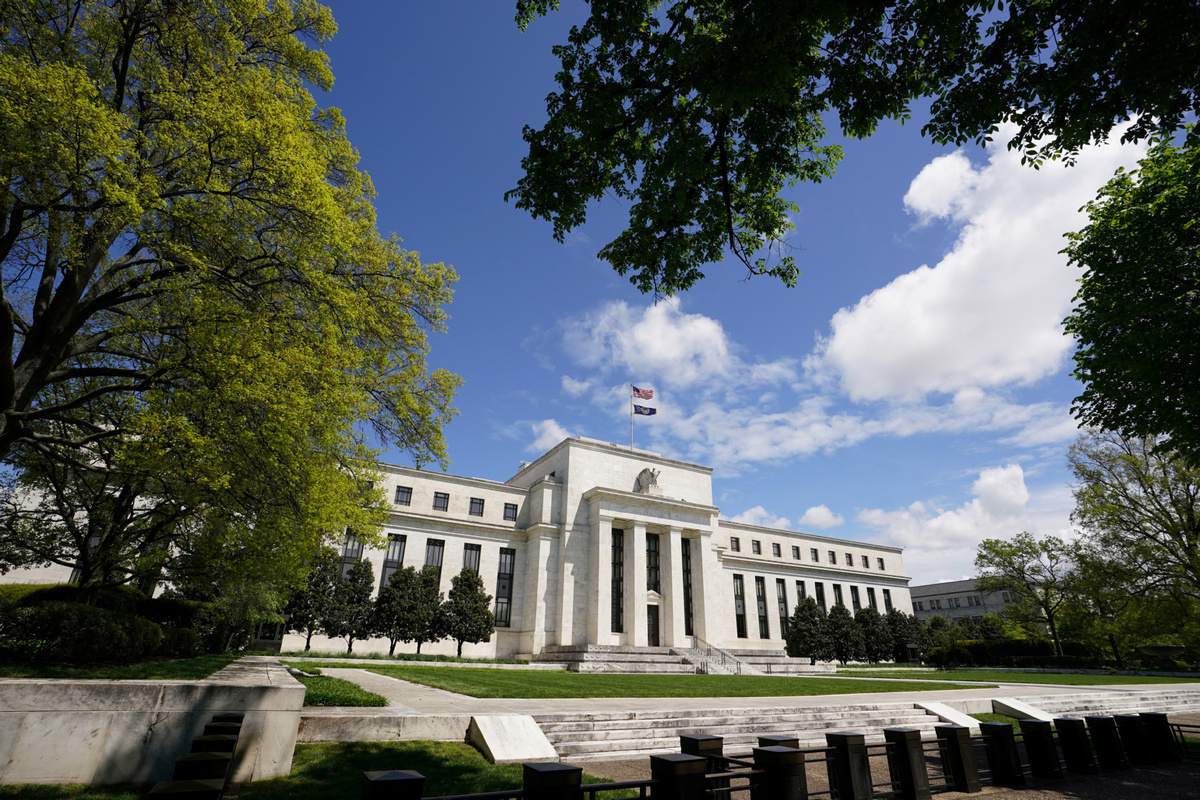
The US Federal Reserve. [Photo/Agencies]
On Thursday, Washington time, the yield on the 10-year benchmark US Treasury bond rose by 14.43 basis points to 1.5199 percent. It briefly soared to 1.6085 percent, setting a new high since February 2020. This frightened investors in the stock market, and all three major US indexes fell sharply.
This reflects the widely held expectation among investors that inflation is coming back. The market believes that the stimulus move of the US government and the rollout of COVID-19 vaccines will lead to a faster recovery of the economy, possibly even overheating, which is good news for the real economy but bad news for the securities market that has long been full of bubbles. Many bond investors predict that the inflation rate might soon exceed the target limit set by the US Federal Reserve, while some even predict it to be higher than 3 percent in 2021.
The Fed has also repeatedly indicated to the market that it won't exit its stimulus policies too early. It has repeatedly said that its monetary policies will not be tightened in the short term and might persist in the current state for at least two years. In other words, in order to encourage the economy to recover and lower the unemployment rate, the Fed will be more tolerant of inflation.
Its chair Jerome H. Powell even said last week that they will maintain the current low interest rate and continue buying large amounts of assets until the economy recovers further.
It seems that the overriding sentiment in the market at present is that the market no longer believes in the Fed: If inflation occurs, will the Fed really stand still?
Many believe that it has released so much liquidity that it cannot control everything now.
In addition, the market's concerns about the additional issuance of US government debt are also one of the reasons why funds have fled the US Treasury market. Having been sworn in as secretary of the US Treasury Department, Janet Yellen said that she would increase the scale of national debt issuance to stimulate domestic investment, which has prompted capital to sell US bonds and flee the US dollar. This has substantially increased US bond yields.
All these have much to do with the US government's practice of stimulating the economy via monetary and financial policies since 2008, breaking all monetary and fiscal disciplines and rules. The market is expressing its worries in its own way. Time for the US government to take actions so as to win back investors' trust.


